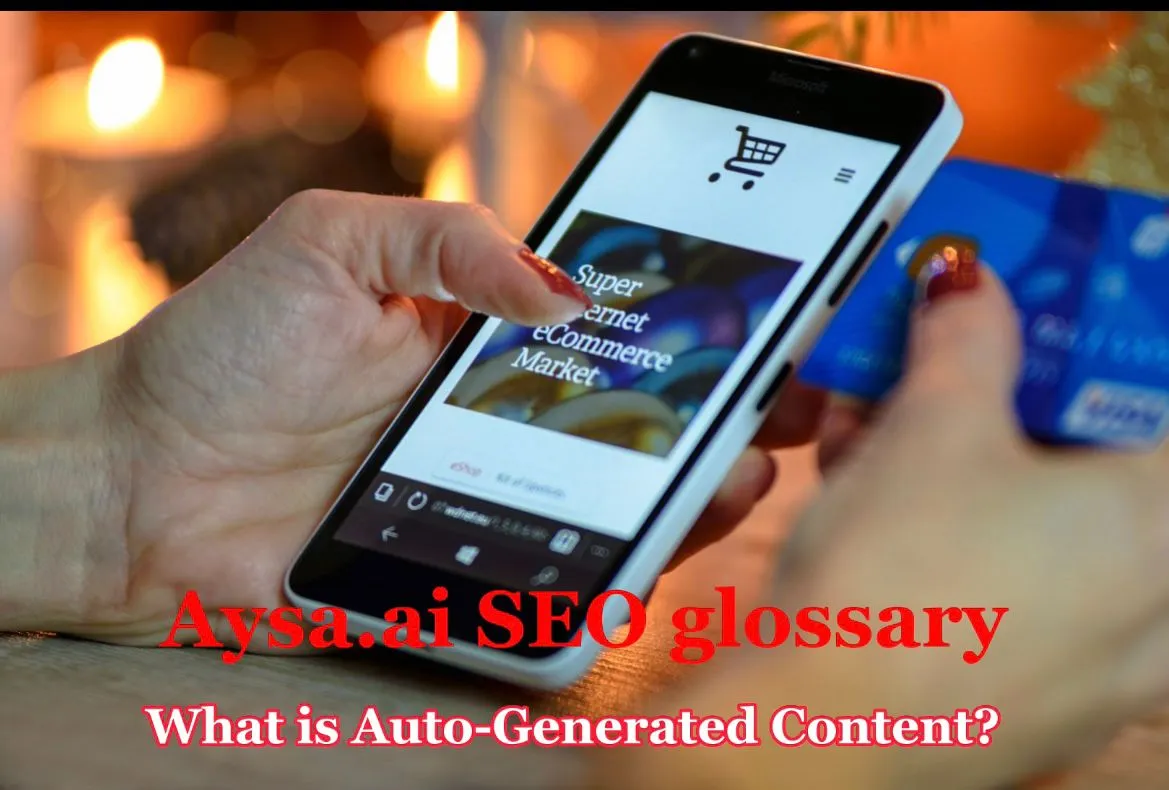
What is Auto Generated Content?
When we reffer to the term auto generated content, whether text, images or video, we are talking about content that’s automatically generated using a program or code. So, it refers to content that is created through programming or code. This type of content is frequently used for manipulating Google’s search results and is considered a black-hat SEO tactic.
Google provides a list of examples of auto-generated content, including text that is nonsensical to the reader but may contain search keywords, text translated by an automated tool without human review or curation before publishing, text generated through automated processes such as Markov chains, text generated using automated synonymizing or obfuscation techniques, text generated from scraping Atom/RSS feeds or search results, and stitching or combining content from different web pages without adding sufficient value. Auto-generated content violates Google’s quality guidelines and can lead to manual action being taken against your website.
Although some auto-generated content can appear to be written by a human at first glance, it often exposes itself through jumbled and incoherent language, replacing words with synonyms, or simply scraping search results to rank for specific keywords. While automatically generating content can result in short-term gains in search rankings, it is not a sustainable strategy. Google prioritizes content that provides value and a positive user experience. If users visit your website and encounter robot-written content, your rankings will likely suffer.

How to avoid penalisation from Google for Auto Generated Content?
Creating SEO content is a better approach to improving your search rankings. SEO content, such as landing pages, blog posts, and videos, is designed to rank in search engines like Google but is written for people.
To create SEO content that will drive more organic traffic to your site, start by finding a promising topic that your target audience is searching for. Use AYSA’ Keywords Explorer to discover thousands of keyword ideas. Once you have a blog topic, determine the search intent and analyze the top-ranking pages based on the three C’s: content type, content format, and content angle. Write an outline that includes top and related keywords, then begin writing informally with simple language. Finally, supplement your writing with images and videos to break it up visually and provide your readers with multiple ways to consume the information.
Need more inspiration on SEO best practices? Try reading these amazing articles from our AYSA specialists:

